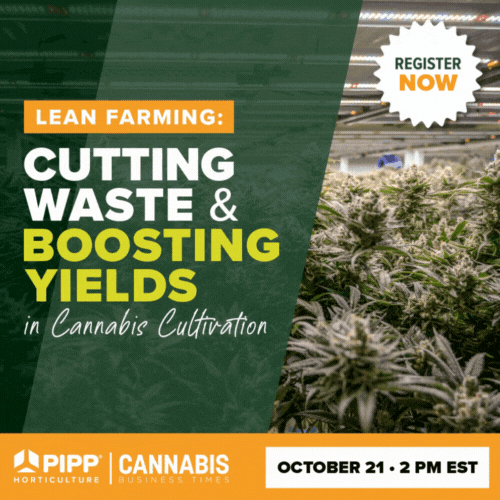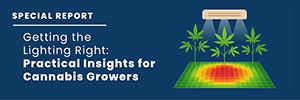By the time this issue arrives in your hands, planting season will be but a recent memory, and the 2020 hemp growing season will be in full swing. This year is a significant one for hemp farmers and the industry as a whole.
The 2019 growing season—the first after the federal government legalized hemp farming in the U.S. under the 2018 Farm Bill—was rife with many challenges. Columnist Marguerite Bolt of Purdue University outlines five of the top challenges growers faced last year. Still, as Bolt wrote, “The more time we spend in the field looking for problems, the more likely we are to find them, but also to find solutions.” While she was referring to hemp pests and pathogens, this applies to many aspects of hemp growing.
As you’ll read in “The Test of Time”, in 2019, an acre of Sarah Kelley’s hemp crop tested hot—an estimated loss of $20,000 in biomass. In addition to other possible solutions, Kelley says, “We’re going to test a little bit earlier instead of trying to reach the full maturity level. That’s when you get a little bit leery of testing hot.”
This issue’s cover story, “The Future of Fiber,” shares similar stories with different solutions. “Like many other fiber farmers ..., the Bio-Regen Co-op is experimenting with genetics. After their seeds from China resulted in hot crops in 2018 and 2019, the farmers are now primarily testing out a Polish variety certified by the Association of Official Seed Certifying Agencies (AOSCA),” Hemp Grower Associate Editor Theresa Bennett writes.
As farmers learn with each acre planted, university research also grows by leaps and bounds. In June, HG premiered its first Hemp Virtual Event (as part of its Cannabis Conference virtual event series), featuring a session, “The Latest in Hemp Research,” where researchers detailed their current projects.
This growing season will not be perfect, as U.S. hemp growers continue to learn valuable lessons. The weight of upcoming legislative changes bears down on those in states not yet compliant with the U.S. Department of Agriculture’s interim final rule; for many of those states, current regulations have been comparatively a bit more lax. Testing challenges need to be worked out, as do end markets. (The cover story on fiber and the Hemp Watch department on animal feed highlight some promising end markets and the hurdles they face.)
Yet, despite the inevitable trials of this year’s growing season, with another year under its belt after the fall harvest, the federally legal hemp industry will grow better and stronger once again.

















